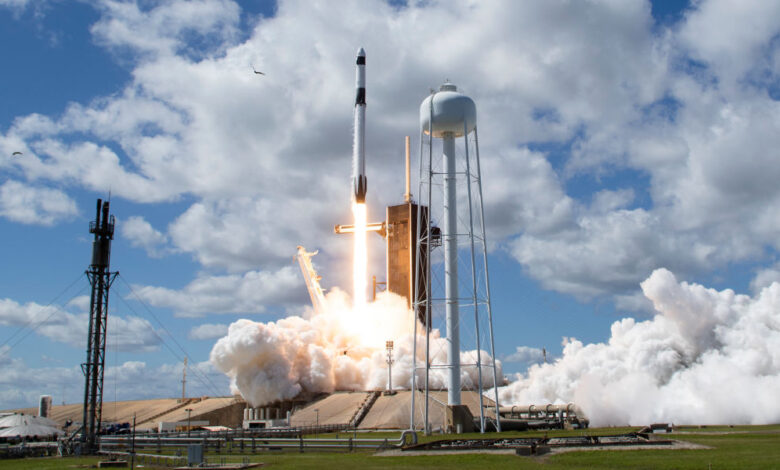Japan Forced to Destroy Flagship H3 Rocket in Failed Launch

Japan was forced to blow up its new rocket during a failed launch on Tuesday, setting back efforts to crack a market led by Elon Musk’s SpaceX.
Its space agency had to send a self-destruct command to the H3 rocket when its second-stage engine failed minutes after lift-off.
Observers say it is a significant setback for Japan’s Aerospace Exploration Agency (Jaxa).
The government called the test failure “extremely regrettable”.
The H3 rocket is the first medium-lift rocket designed by Japan in three decades.
It has been presented as a cheaper alternative to SpaceX’s Falcon 9 for launching commercial and government satellites into Earth’s orbit.
On Tuesday, engineers had aimed to send the 57m (187ft) rocket into space with a monitoring satellite on board. The ALOS-3 system is capable of detecting North Korean missile launches.
But Jaxa said soon after launch, engineers were forced to send a self-destruct prompt to the H3 after it experienced “reduced velocity” in the second stage of its launch.
Tuesday’s launch came after an aborted launch in February, when the rocket failed to get off the launch pad due to faulty rocket boosters.
“Unlike the previous cancellation and postponement, this time it was a complete failure,” Hirotaka Watanabe, a space policy professor at Osaka University told Reuters.
“This will have a serious impact on Japan’s future space policy, space business and technological competitiveness,” he added.
Japan’s science minister Keiko Nagaoka said authorities would investigate the cause of the engine failure.
She apologised for “failing to meet the expectations of the public and related parties” and described the development as “extremely regrettable”.
Japan had presented the H3 as a viable commercial alternative to the Falcon 9 rocket because the H3 ran on a lower-cost engine with 3D-printed parts.
Had the mission succeeded, Jaxa said it had planned to launch the H3 around six times a year for the next two decades.
Japan is deepening cooperation with the US in space and has committed to carrying cargo to the planned Gateway lunar space station – which Nasa plans to deploy to the moon’s orbit.
Tokyo’s broader space programme also involves sending people to the moon again, including Japanese astronauts.





